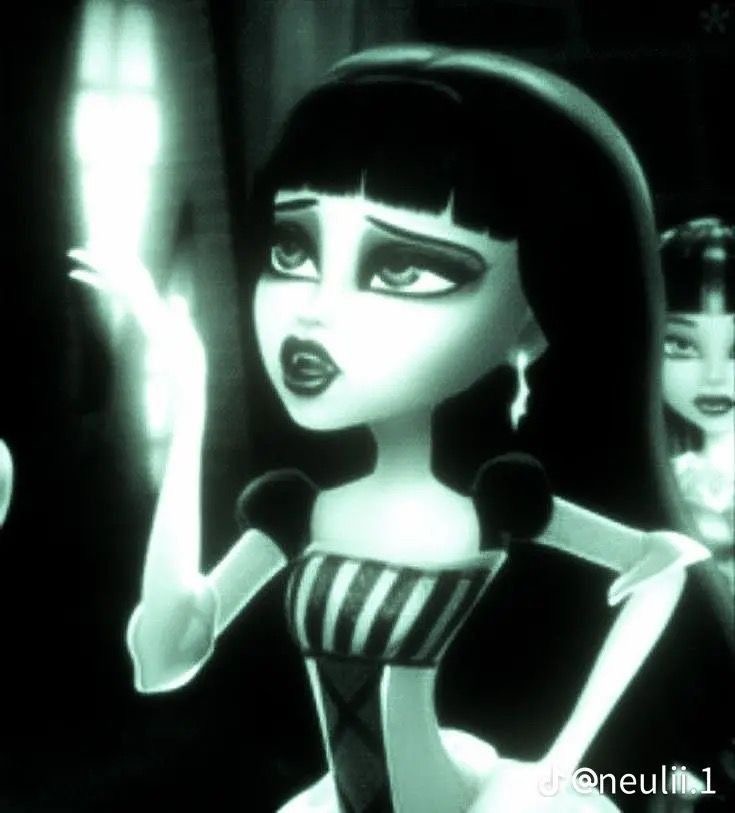C5.3 Equilibria
Cards (20)
- What is a dynamic equilibrium?
- What happens to a dynamic equilibrium if the conditions are changed?
- What happens to anhydrous copper sulfate when water is added?
- How does heating affect the equilibrium position?
- What are the steps to analyze the concentrations of liquid and gas states at equilibrium?
- What is the balanced equation for the reaction of sodium with hydrogen to form ammonia?
- How can you tell that a reaction is reversible?
- What is the principle of Le Chatelier?
- What happens to the equilibrium position if the concentration of a substance is decreased?
- How does increasing the pressure affect the equilibrium position?
- Why are catalysts used in reversible reactions?
- What is the effect of increasing temperature on the equilibrium position of an endothermic reaction?
- How is methanol produced from carbon monoxide and hydrogen?
- What are the factors that affect the position of equilibrium?
- What is the typical temperature used in industrial reactions for equilibrium?
- Why is it important to choose suitable reaction conditions in industrial processes?
- How does the concentration of reactants affect the yield of products in a reversible reaction?
- What is the role of temperature in the equilibrium position of a reaction?
- What is the effect of adding more reactants to a system at equilibrium?
- Why do catalysts not change the equilibrium position?
